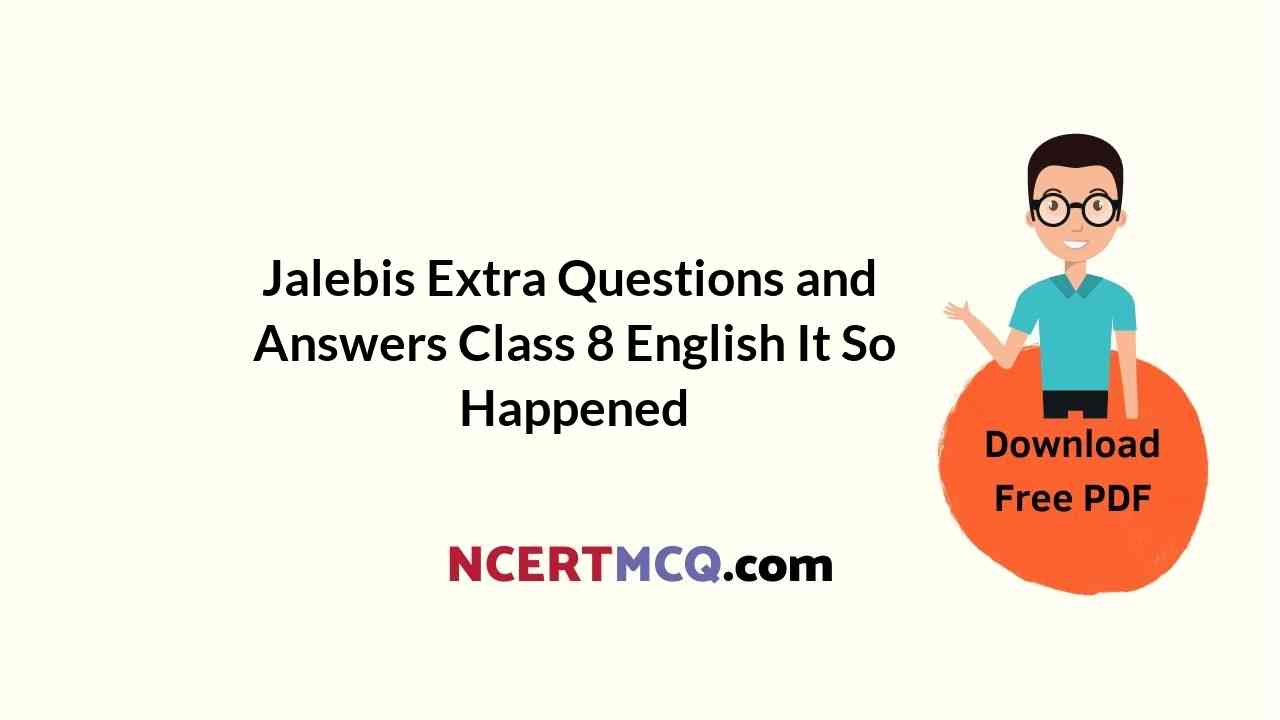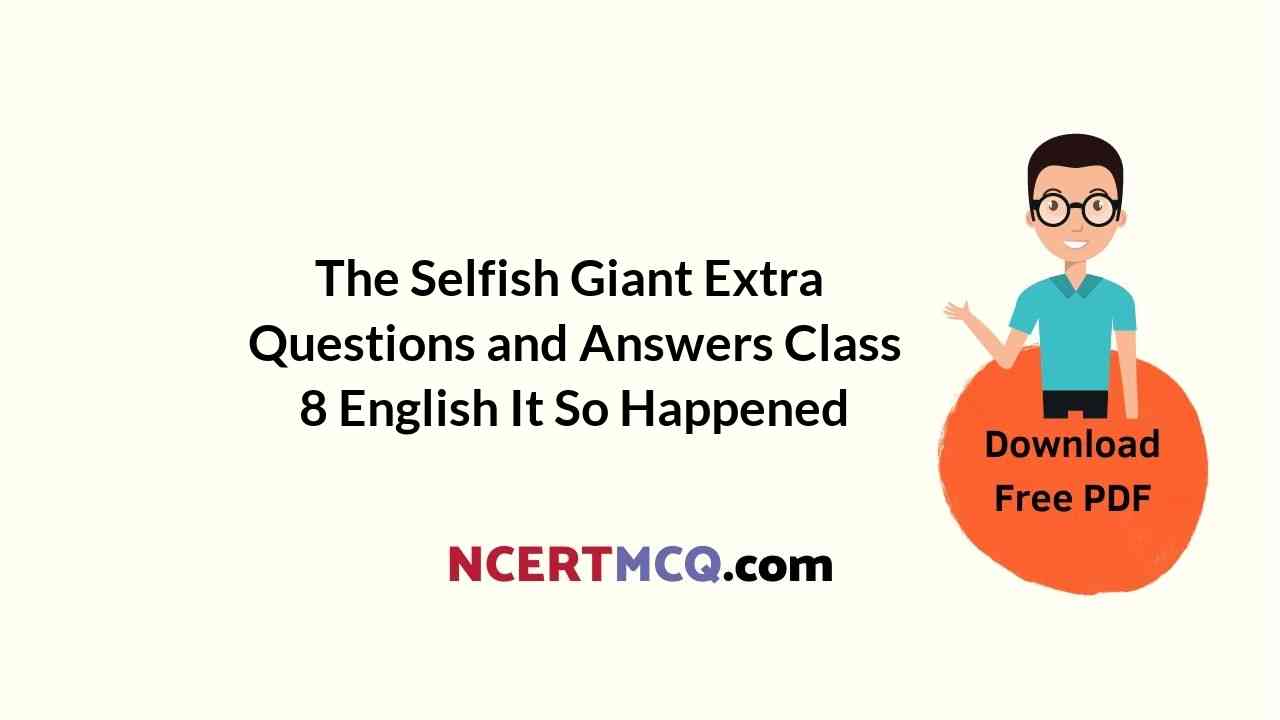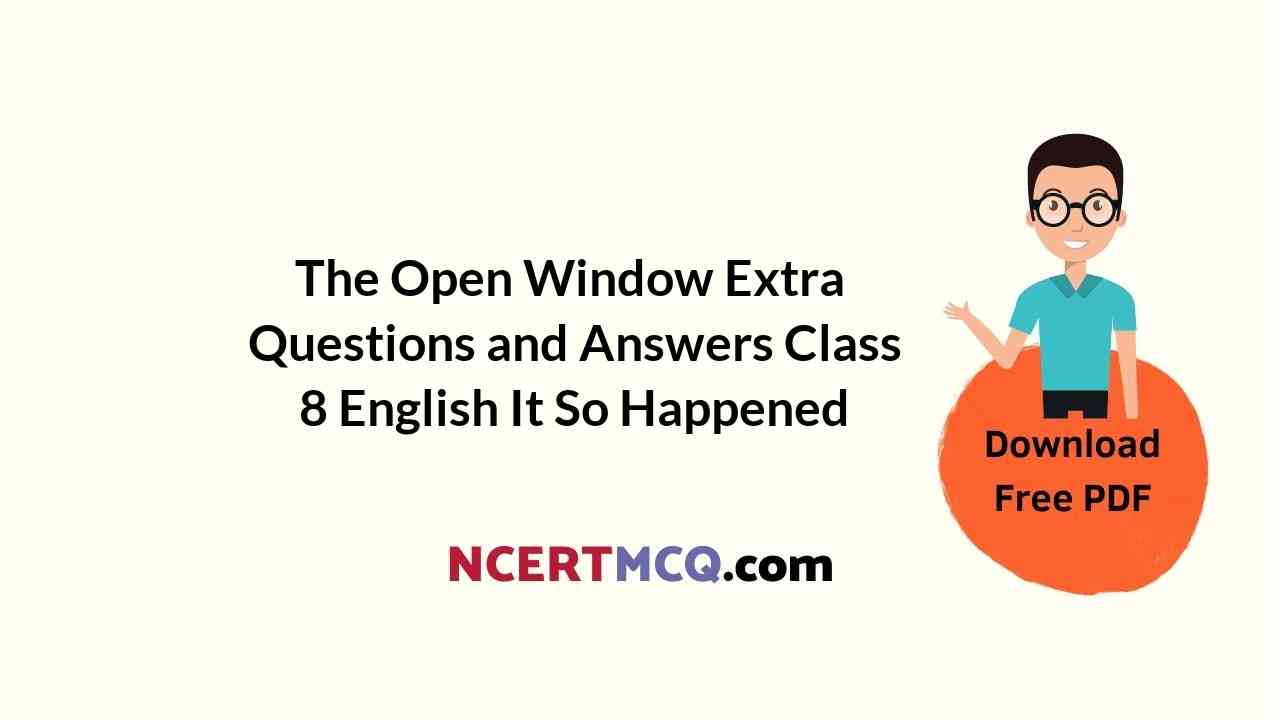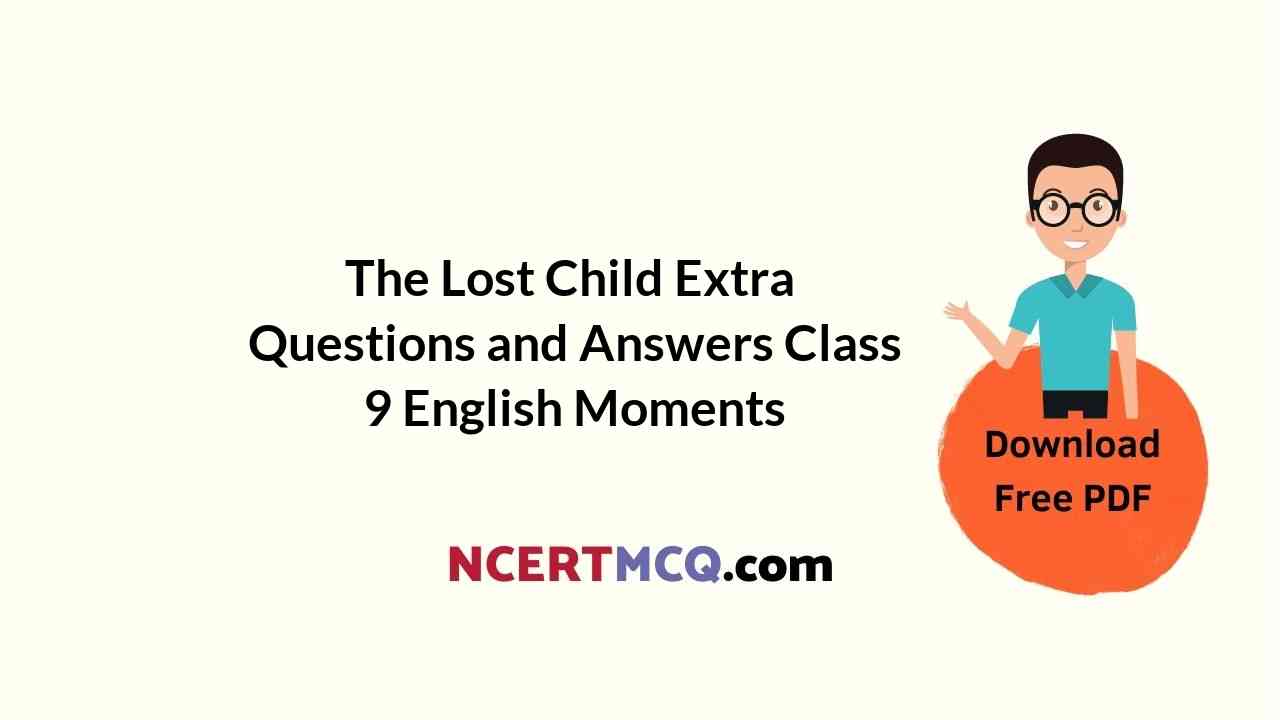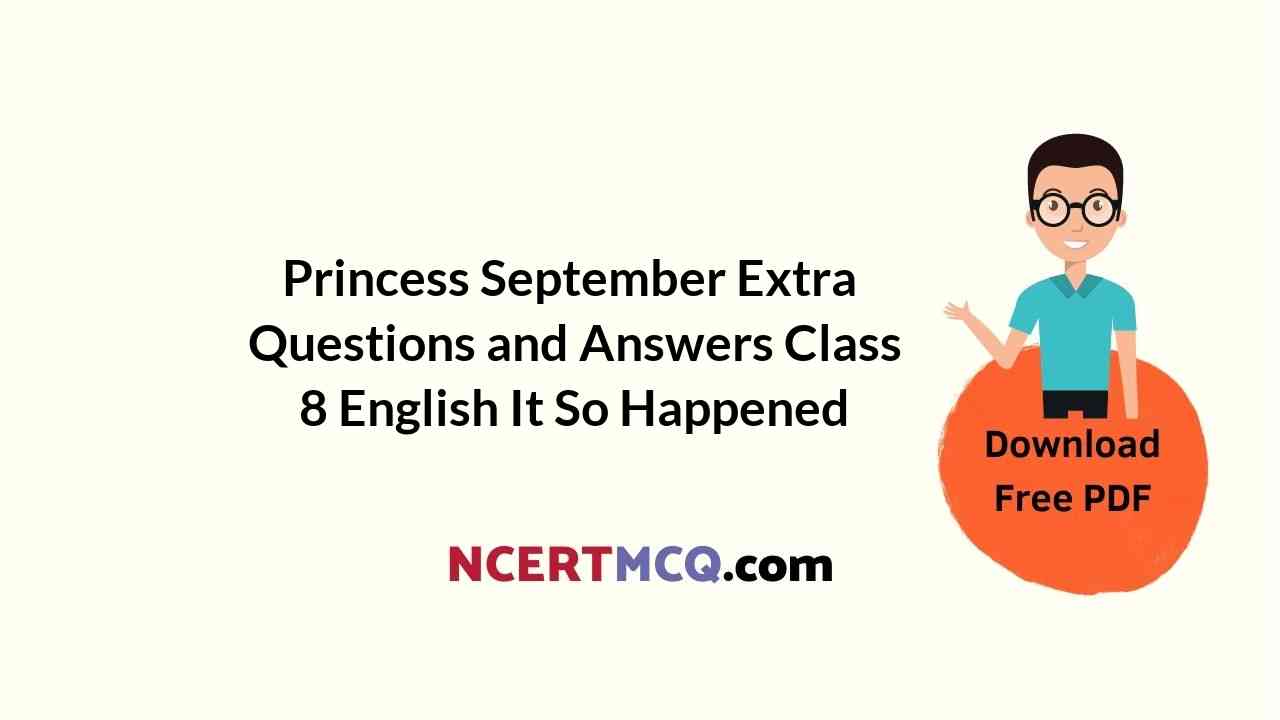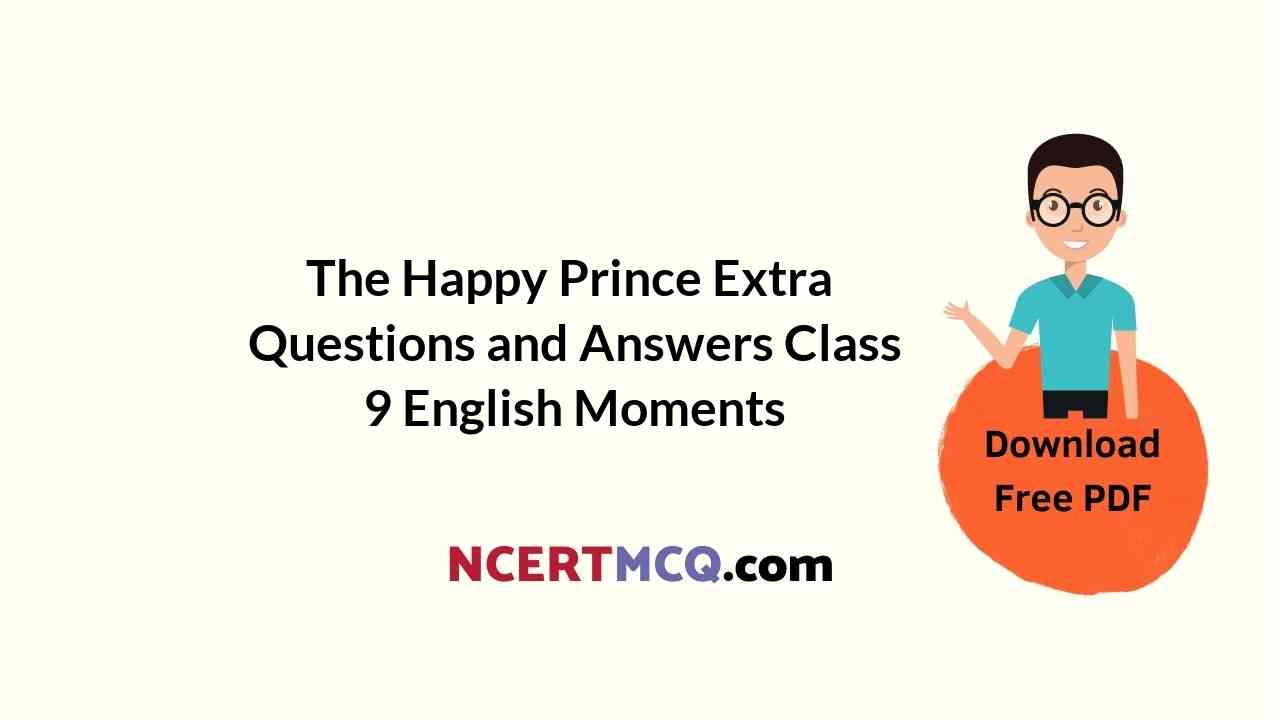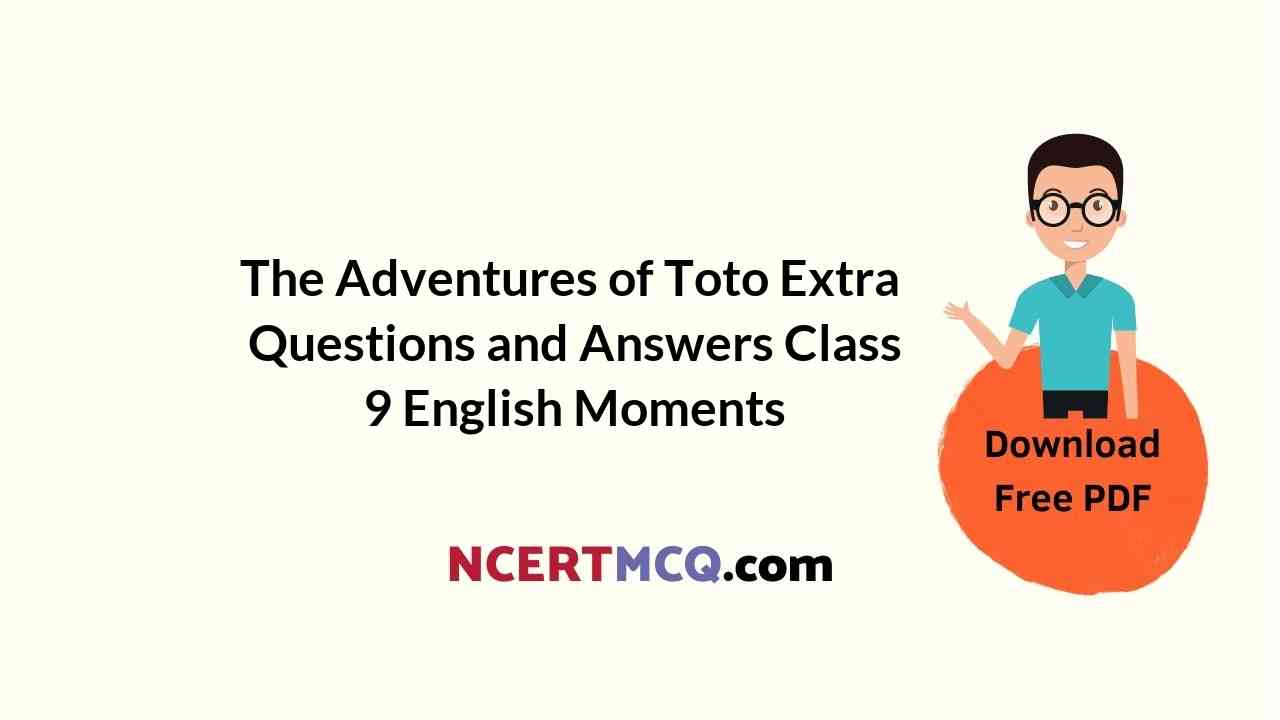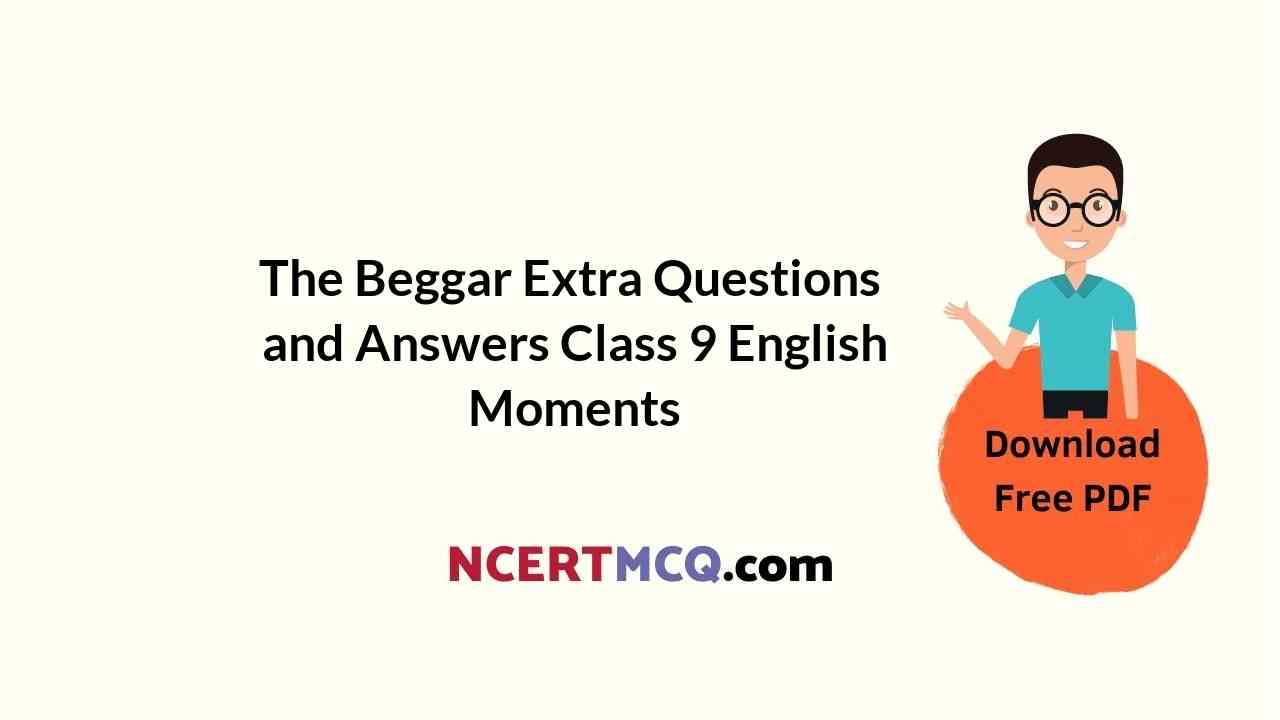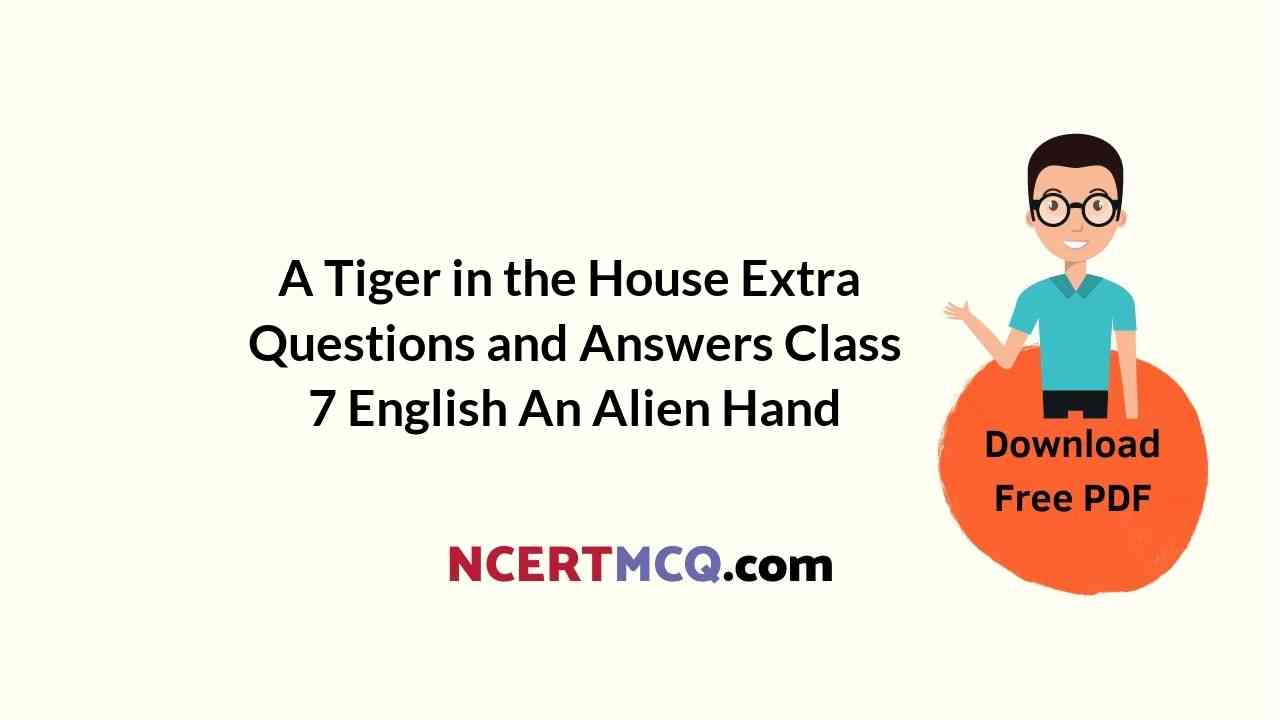Here we are providing Online Education for Jalebis Extra Questions and Answers Class 8 English It So Happened, Extra Questions for Class 8 English was designed by subject expert teachers. https://ncertmcq.com/extra-questions-for-class-8-english/
You can refer to NCERT Solutions for Class 8 English It So Happened (Supplementary) Chapter 8 Jalebis Question Answer to revise the concepts in the syllabus effectively and improve your chances of securing high marks in your board exams.
Online Education for Jalebis Extra Questions and Answers Class 8 English It So Happened
Jalebis Extra Questions and Answers Short Answer Type
Jalebis Class 8 Extra Questions Question 1.
Why did not the narrator pay his fees that day?
Answer:
The narrator didn’t pay his fees because his teacher Master Ghulam Mohammed was absent that day.
Jalebis Extra Questions Question 2.
How could he hear the coins talking?
Answer:
The coins were not talking but it was in the mind of the narrator.
Extra Questions Of Jalebis Question 3.
What did he say about his teacher?
Answer:
The narrator said that his teacher was a strict disciplinarian. He would also make one stand.on the bench until the school gets over.
Class 8 Jalebis Extra Questions Question 4.
What was the suggestion given by the coin?
Answer:
The coin advised him to spend the money on jalebis and he could pay the fee by scholarship amount.
Question 5.
How did the narrator win the scholarship?
Answer:
The narrator won the scholarship as he was among the most promising students. In the fourth standard exams, he won a scholarship of four rupees a month.
Question 6.
What did the narrator mean by ‘for a child of such statuses’?
Answer:
The narrator hailed from a decent family. Secondly he was a promising student who had earned scholarship in school.
Question 7.
Why was he suffering from ‘stomach ache’?
Answer:
The narrator had eaten jalebis as he was fond of them. Later he had to eat his dinner otherwise his secret of jalebis with fee amount would be disclosed. Because he had overeaten the food and it took time to digest his heavy meal.
Question 8.
Why has his ‘head started to spin’?
Answer:
The narrator went to his school happily with the hope that he would get his scholarship that day. But when he learnt that his scholarship would be paid the following month.
Question 9.
What did he do to escape from punishment?
Answer:
The teacher informed the students that he would collect the fee during recess. The narrator was so scared that he lifted his bag and went to Kumbelpur railway station.
Question 10.
Who was the last refuge according to the boy?
Answer:
The boy was remorseful and scared, instead of taking help of his family, he considered God as the last refuge.
Question 11.
What did the narrator pleaded to the God?
Answer:
The narrator pleaded the God to help him in his difficult times. He reiterated that he memorized thg entire namaaz and he was a devoted servant, so he needed a favour from almighty to arrange fee amount for him.
Question 12.
What was there in the bag of the narrator?
Answer:
The narrator was carrying a few textbooks, notebooks, one pencil, one sharpener and one Id card sent by his Mammu. He did not have even four paise in his bag.
Question 13.
How can one conclude that he started hating even the sight of jalebis?
Answer:
The narrator spent his money on buying jalebis. He was constantly burping after devouring jalebis. He promised to himself that he won’t eat jalebis any more because it was the reason of his remorse. So next time when jalebiwala offered him to buy jalebis, he looked at it with disgust.
Jalebis Extra Questions and Answers Long Answer Type
Question 1.
The narrator was a responsible and honest boy. What are other qualities that can be learnt from him?
Answer:
The narrator was a boy of about 10 or 12 years of age. He was a dedicated, and honest student. He spent his fee amount on jalebis but after having enough for himself, he distributed among others. He had firm belief on God and his magic. He tried everything to please him. He was soft hearted, religious and generous.
Question 2.
Do you think, reason and intellect fail before temptation?
Answer:
Initially the boy looked like a disciplined student who knows his responsibility. Yet his logics failed before his temptation. He gave up his sensibility and logics, and bought jalebis. He felt elated when he distributed the remaining jalebis amongst children and beggars. The lesson talks about an innocent child who fell a prey to temptation. However, the child might win over if he had controlled himself and checked himself before giving in to the situation.
Question 3.
Why didn’t he pay, the school fees on the day he brought money to school?
Answer:
He did not pay the school fees on the day he brought money to school because master Ghulam Mohammed, the teacher who collected the fees was on leave, and it would be collected the next day.
Question 4.
(i) What were the coins ‘saying’ to him?
(ii) Do you think they were misguiding him?
Answer:
(i) The coins were ‘saying’ to him to spend the money on jalebies.
(ii) Yes, I think they were misguiding him.
Question 5.
Why didn’t he take the coins advice? Give two or three reasons?
Initially, the boy didn’t take the advice of the coins seriously for a couple of reasons. He could not spend the money meant for paying school fees on Jalebis. Secondly, the boy knew the harsh nature of the master and his punishment.
(i) What did the oldest coin tell him?
(ii) Did he follow his advice? If not, why not?
Answer:
(i) The oldest coin said that they were trying to tell him something for his own good. It said that he would get the scholarship money. The next day, with that money he could pay his fees. Hence, he could very well buy the Jalebis with the fee amount.
(ii) He didn’t follow his advice. He was a promising student. He was from a family of repute. He didn’t want to defame it.
He reached home with the coins in his pocket. What happened then?
Answer:
When he reached home, the coins began to speak again. When he went inside to have lunch, they began to shriek. He was so thoroughly fed up that he rushed out of the house barefoot and ran towards the market. Although he was terrified, he quickly asked for a whole rupee worth of Jalebis. The halwai opened up a whole newspaper and heaped a pile of Jalebis on it.
Question 6.
(i) Why didn’t he eat all the Jalebis he had bought?
(ii) What did he do with the remaining jalebis?
Answer:
(i) He had bought Jalebis for one rupee. But he couldn’t eat all of them because of their quantity.
(ii) He distributed the remaining Jalebis among the boys from the neighbourhood.
Question 7.
“The fear was killing me.” What was the fear?
Answer:
The fear was of being caught for spending fee amount on jalebis. His parents might be scold him if they find out that he had eaten so many jalebis. He burped with every breath. This fear was killing him.
Question 8.
“Children’s stomachs are like digestions machines”. What do you understand by that? do you agree?
Answer:
It means that children have the capacity to digest a lot of things that they over eat. I agree with the statement but only partly.
Question 9.
How did he plan to pay the fees the next day?
Answer:
He planned to pay the fees with the previous month’s scholarship that he would get the next day.
Question 10.
When it is the time to pay the fees, what does he do? How is he disobeying the elders by doing so?
Answer:
The narrator escaped from the school as he could not pay his fees. He is disobeying the elders in the sense that they had warned him never to spend school fee elsewhere and not to cross the railway tracks.
Question 11.
What was the consequence of buying jalebis with the fees money?
Answer:
The consequence of buying jalebis with the fees money was that for the first time in his life he was absent from his school.
Question 12.
His prayer to God is like a lawyer’s defence of a bad case. Does he argue his case well? What are the points he makes?
Answer:
The narrator tries to’please God with his requests and the recitation of the entire namaz. He admits that he made a mistake. He wouldn’t have spent his money on jalebis if he had known about the delay in scholarship. Thus, he argues his case like a lawyer.
Question 13.
‘He offers to play a game with Allah Miyan’. What is the game?
Answer:
As the narrator had no way out for misdeed, he finally seeks divine help. He prayed that he would go to the signal keeping his bag under the tree. He asked the god to put four rupees secretly under the rock. After touching the signal he would come back and take the big money.
Question 14.
Did he get four rupees by playing the game? What did he get to see under the rock?
Answer:
No, he did not get four rupees by playing the game. When he lifted the rock. He saw a big hairy worm curling, twisting and wriggling towards him.
Question 15.
If God had granted his wish that day. What harm would it have caused him in later life?
Answer:
If God had granted his wish that day, he would never have learnt from his mistake. He would have continued doing such wrong deeds, believing that God would save him after his persuasion.
Extra Questions for Class 8 English
- How the Camel Got His Hump Extra Questions
- Children at Work Extra Questions
- The Selfish Giant Extra Questions
- The Treasure Within Extra Questions
- Princess September Extra Questions
- The Fight Extra Questions
- The Open Window Extra Questions
- Jalebis Extra Questions
- The Comet 1 Extra Questions
- The Comet 2 Extra Questions
